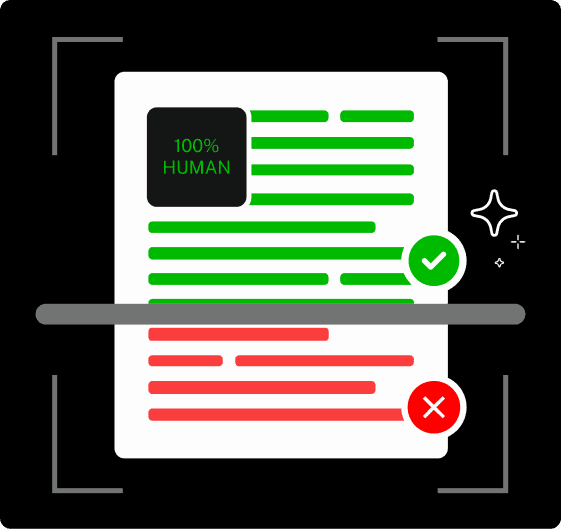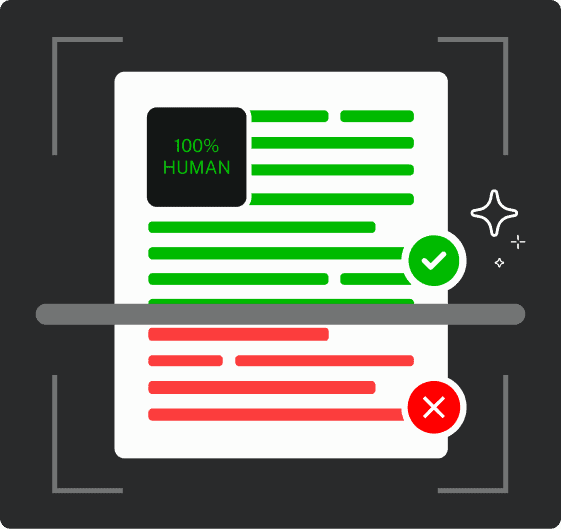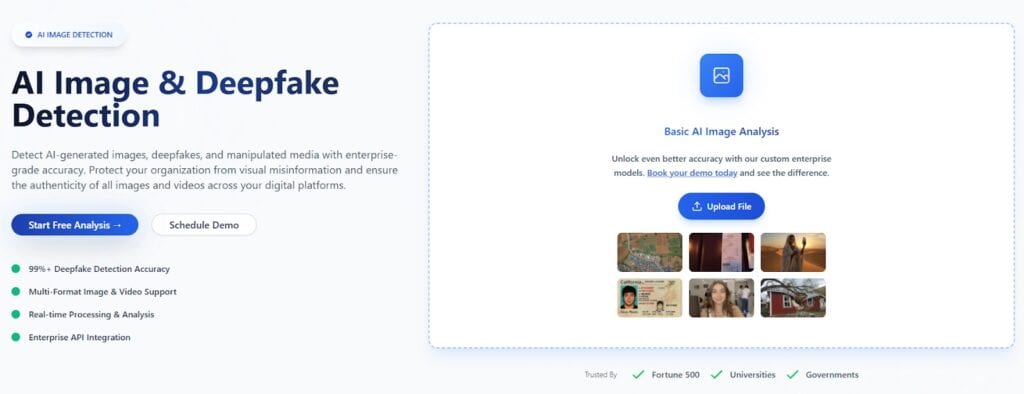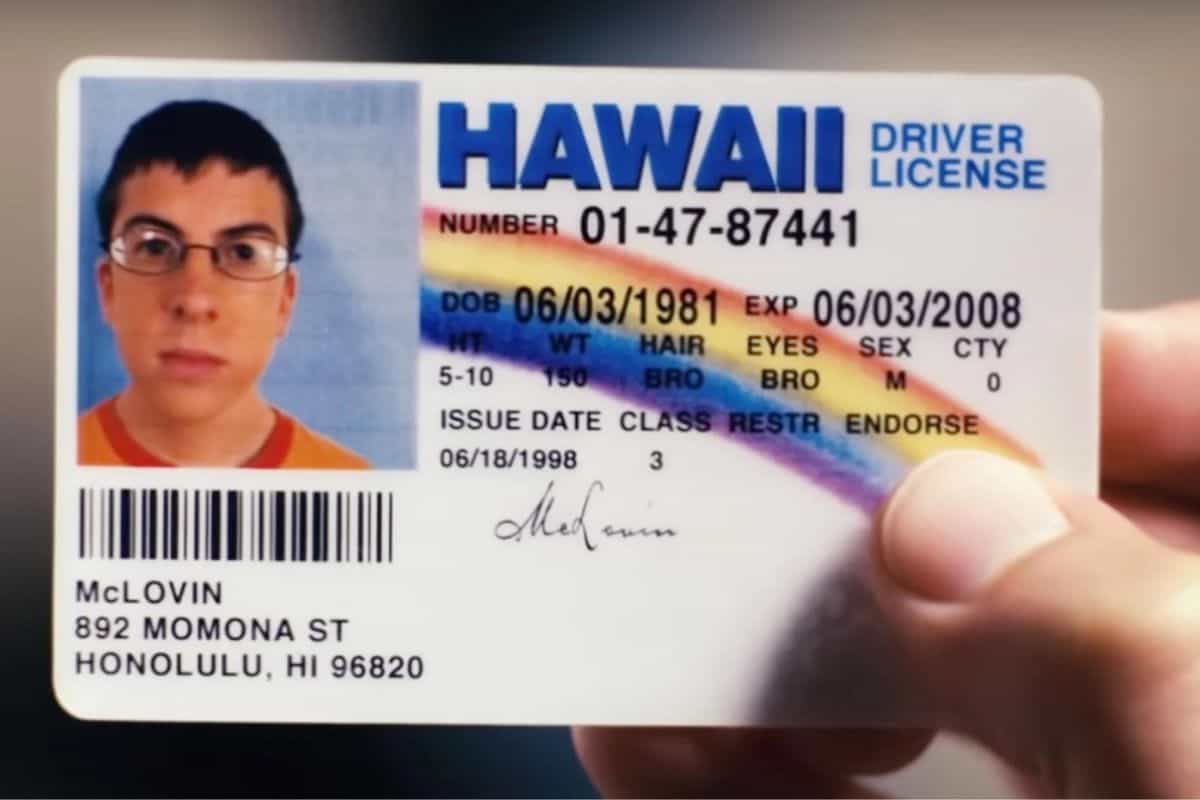Fake IDs aren’t just a problem for universities and liquor stores anymore.
There are thousands of “John and Jane Smiths” out there. The worst part? The ID fabrication efforts are actually getting more sophisticated as technology becomes more accessible.
Craigslist used to be the go-to place to find a professional to create a fake ID.
Now, thanks to advanced and accessible online tools, everyday people have the means to create fake IDs for themselves—often in less time than it takes to buy a coffee over lunch.
Today’s forgers use advanced printing technology previously accessible only by official issuers.
They also use Photoshop and open-source image manipulation software to produce fake IDs of extremely high quality.
The demand for fake IDs remains high due to the large number of offline and online services that now require one.
An ID is required for age verification in some countries to access social media. IDs are also required to enter age-restricted venues such as bars and clubs.
So whether you run a dive bar or manage user onboarding for an online platform, knowing how to spot fake IDs is an important part of the job.
Not just for compliance but for safety, trust, and adherence to KYC (Know Your Customer) and AML (Anti-Money Laundering) regulations.
This guide covers manual verification techniques that actually work, digital red flags to watch for, and why AI detection tools have become essential for fake ID detection.
Key Takeaways
Before we dig in, here’s what you’ll learn from this guide:
- Manual verification still matters, but it has major limitations at scale.
- Digital files contain metadata and artifacts that reveal manipulation.
- AI-powered tools can detect fakes that fool the human eye.
- Common fake ID mistakes are easier to spot than you think.
- Having a clear protocol saves you legally and operationally.
- Businesses that don’t adapt to modern fraud tactics may fall behind in detection techniques.
Reliable Methods to Detect Fake IDs
There are both tried-and-trusted and more advanced options to scrutinize ID documents.
Most businesses should ideally use a combination of both.
Manual Verification
This is where most people start: physical inspection of an ID using your eyes, hands, and basic tools.


Never Worry About AI Detecting Your Texts Again. Undetectable AI Can Help You:
- Make your AI assisted writing appear human-like.
- Bypass all major AI detection tools with just one click.
- Use AI safely and confidently in school and work.
- Material: Real IDs use specific plastics. Fakes may feel too smooth, thick, or flimsy.
- Holograms and Security: Tilt under light; real holograms shift. Fakes look flat. Use UV light for hidden features.
- Photo: Compare to the person. Check photo quality, digital insertion signs, and lighting around the face.
- Text: Look for typos, incorrect fonts, or formatting errors. Real IDs follow strict design standards.
It’s slow, subjective, and relies heavily on checker experience. While suitable for in-person checks, it’s inefficient for digital or high-volume verification.
Digital File Checks
When someone uploads an ID image, you’re not just getting a picture.
You’re getting a file with hidden information.
- Metadata analysis: Every digital image contains metadata showing when it was created, what device or software was used, and sometimes even GPS coordinates. A real photo of an ID taken with a smartphone will differ from one taken and then altered in Photoshop. If the EXIF data shows the image was created months ago or by editing software instead of a camera, that’s a red flag.
- File artifact detection: Digital manipulation leaves traces. When someone edits text or swaps a photo on an ID, it creates compression artifacts and color inconsistencies. Look for mismatched compression, uneven lighting, or color gradients that don’t align.
- Resolution inconsistencies: Fraudsters often upscale low-quality images, resulting in uneven sharpness. Parts of the ID may appear crisp while others are blurry. Text might look clear, but security features appear fuzzy. These are strong indicators of image manipulation.
Use the AI Checker to evaluate the language used in questionable ID submissions.
When applicants provide written statements, uploaded text, or supporting descriptions, the tool instantly detects whether the content sounds human or AI-generated.
It’s a quick way to spot suspiciously uniform phrasing that often appears in synthetic or fabricated identity claims.

Also, for teams handling large volumes of visual submissions, tools like TruthScan’s AI Image Detector help verify the authenticity of ID images before they enter your system.
It analyzes and flags AI-generated or manipulated visuals in real time, detecting deepfake faces, tampered text, or cloned features that often bypass manual review.
This layer of automated visual screening ensures every uploaded document starts from a position of verified trust.
AI-Powered Detection With TruthScan
AI tools can analyze images in ways humans simply can’t.
They identify micro-patterns, lighting inconsistencies, and manipulation artifacts that are invisible to manual inspection, and they do this in milliseconds.
They do not get tired or distracted, they do not overlook small details, and they cannot be bribed.
How It Works
Modern AI detection platforms are trained on vast datasets of both authentic and manipulated media.
They learn what legitimate documents and images look like down to the pixel level.
When you upload an ID or image, the AI compares it against these learned patterns to spot synthetic manipulation such as deepfake faces, edited text, or cloned security features.
Why TruthScan Stands Out
TruthScan is designed to detect synthetic media across text, image, and video.
Its proprietary Deepfake Detection system analyzes both visual and textual elements for signs of AI generation or editing.
The platform checks for irregular lighting, pixel inconsistencies, and digital manipulation patterns that the human eye is typically blind to.

Users upload an image, and TruthScan processes it in seconds, returning a detection score and detailed indicators of potential tampering.
While not limited to ID verification, the same underlying technology is used in fraud prevention and content authenticity applications across industries.
For organizations handling large document volumes, automation like this is essential.
TruthScan’s integration and real-time detection capabilities make large-scale verification faster, more accurate, and far less resource-intensive than manual review.
Learn more at TruthScan.
Common Indicators of Bad Fake IDs
Fraudsters make mistakes. Even good ones. Here’s what to watch for.
- Wrong fonts: Each state uses specific fonts for names, dates, and ID numbers. Fraudsters often use close-enough fonts that look similar but aren’t exact. If you have reference materials showing what your state’s IDs should look like, font mismatches become obvious.
- Incorrect card dimensions: Real IDs use standardized sizes. Fakes sometimes get the proportions slightly wrong. If you have a real ID to compare against, put them side by side. A millimeter difference matters.
- Blurry security features: Microprinting, fine-line patterns, and intricate backgrounds are hard to replicate. If these areas look fuzzy or unclear when the rest of the ID is sharp, that’s a sign. Real IDs have consistent quality throughout.
- Rounded corners that aren’t quite right: Government IDs have precisely cut rounded corners. Fakes sometimes have corners that are too round, not round enough, or inconsistent from one corner to another.
- Photos that don’t match the lighting: The photo should have consistent lighting with the background color of the ID. If the face looks like it was lit differently than the blue or gray background, someone probably pasted it in.
- Birthdate math that doesn’t work: This issue is more common than you think, and forgers rely on checkers who don’t bother checking the fine print. Check that the age matches the birthdate and the issue date is after the birth date.
- Missing or wrong holograms: Each state has specific holographic designs. If the hologram shows a state seal, but it’s the wrong state, that’s obvious fraud. If holograms aren’t present at all, then the ID is clearly fake.
- Suspicious file properties: For digital submissions, check if the file size makes sense. A photo of an ID taken on a modern smartphone should be a certain file size. If it is far too small or so large that it could not have been taken by a smartphone, this is another sign of manipulation of an existing ID.
What To Do If You Suspect a Fake ID
Having a step-by-step plan in place is important. These steps should be formalized as part of your operating procedures.
Immediate Steps
Don’t panic. Don’t accuse. Stay professional.
- For in-person verification: Politely retain the ID if possible. Say something like “I need to verify this with my manager” rather than “This looks fake.” Don’t put yourself or your staff in danger. If the person becomes aggressive or threatening, let them leave and document everything. For bars and clubs, having an ID scanner at the door means you retain a copy by default to forward to authorities.
Contact local authorities if you are certain it is fraudulent and your business is legally obligated to report it. Different industries have different requirements.
Document the encounter. Write down physical descriptions, what was said, and any other identifying information.
Take photos or supply CCTV footage if you can do so safely.
- For digital verification: Flag the account immediately. Don’t just reject the ID. Mark it in your system so if this person tries again with a different document, you have a record.
Preserve all files. Save the original uploaded image, any metadata you pulled, and notes about why you flagged it. This creates a chain of evidence if there are legal questions later.
Follow your company’s fraud-escalation process. Notify the security team, compliance officer, and IT teams.
Long-Term Solutions
One fake ID means there will be more. Set yourself up to handle them systematically.
- Build a verification protocol: Create a step-by-step checklist that everyone follows. What gets checked? In what order? Who makes the final call? Who gets notified when a fake is detected? Write it down. Train people on it.
- Invest in proper tools: If you are doing volume verification, manual checks are not enough. Implement UV lighting at a minimum and consider investing in AI detection software that integrates with your onboarding flow.
- Train your team: Regular training sessions on new fraud tactics. Show examples of fake IDs. Explain what to look for. Make it interactive. People retain more when they practice with actual examples.
- Keep reference materials handy: Have samples or high-quality images of what real IDs from different states should look like. Update these regularly because states redesign their IDs every few years.
- Create a feedback loop: When you catch a fake, document it. Share it with the team. “Here’s what we caught this week and why it was flagged.” This builds institutional knowledge.
- Review rejected IDs periodically: Sometimes you’ll reject real IDs by mistake (false negatives). Review these cases to improve your process and reduce false positives that frustrate legitimate customers.
Why Businesses Should Adopt AI Detection for Fake IDs

The fraud landscape has changed. Your fake ID detection methods need to change with it.
- Efficiency: Verify thousands of IDs in seconds. Manual review might work when you onboard fifty customers a month. What happens when it’s five hundred? Five thousand? AI scales in ways human review can’t. When you implement fake ID detection using machine learning and AI, you can process entire batches overnight and get results instantly during peak signup times.
- Accuracy: Lower false positives compared to manual review. Tired humans make mistakes. They miss things. They also flag legitimate IDs because of honest mistakes, like reviewing under poor lighting. AI maintains consistent accuracy regardless of time of day or volume. The error rates drop significantly.
- Compliance: Meet KYC, AML, and regulatory requirements. Financial services, crypto exchanges, and online marketplaces face strict verification requirements. Regulators want to know your process works. AI detection provides documented, auditable verification that satisfies compliance teams and regulators.
- Trust: Maintain safe onboarding and customer integrity. Every fake ID that gets through is a potential fraud case, chargeback, legal liability, or safety issue. When customers know you verify identities seriously, it builds confidence. Real users appreciate platforms that keep fraudsters out.
- Cost savings: Reduce the expense of fraud fallout. Think about what fraud costs you. Chargebacks. Legal fees. Staff time investigating issues. Damage to reputation. AI detection pays for itself by preventing these costs.
- Competitive advantage: Move faster than competitors that still perform manual reviews. Speed matters in onboarding. Users expect instant account approval. If your verification takes hours because someone manually reviews every ID, you’ll lose customers to platforms that approve them in minutes with AI.
Explore our AI Detector and Humanizer in the widget below!
FAQs About Fake ID Card Detection
How Does TruthScan Detect Fake IDs?
TruthScan’s deepfake detection AI analyzes images at the pixel level to spot synthetic generation, photo edits, and document inconsistencies.
It examines facial features, lighting, compression, and resolution for manipulation patterns. Results appear in seconds with confidence scores and clear flags showing what triggered the alert.
Can TruthScan Work With Existing Verification Platforms?
Yes. TruthScan integrates easily via API with your current verification system. It acts as an added security layer, scanning uploaded IDs before or during your standard process. Set up takes days, not weeks.
What Should a Business Do When Fake IDs Are Found?
Follow your industry’s reporting rules. Financial firms often report to regulators, while retailers may contact local law enforcement.
Always reject the ID, document the incident, and preserve the original file and analysis results.
For fake ID detection online, file a report with IC3 and consult legal counsel about any further obligations.
Fight Advanced Forgery Tech with AI and Stop Fake IDs in Their Tracks
Fake ID detection isn’t optional anymore. It’s fundamental to running a secure business.
The fraudsters have gotten better. The technology has gotten better. The good news is that detection tools are one step ahead of the criminals. What seemed impossible to catch five years ago is now routine.
You don’t need to become a forensic document examiner. You only need to understand the basics of what makes IDs authentic, implement reasonable manual checks where appropriate, and leverage AI tools for scale and accuracy.
Businesses that invest in these checks and technology will protect themselves from fraud, maintain customer trust, and stay compliant with regulations. The ones that don’t will keep getting burned.
Start with your checking process. Get your team trained. Implement the right tools for your volume and risk level. And if you’re handling digital ID verification at any real scale, check out what AI detection can do for you.
